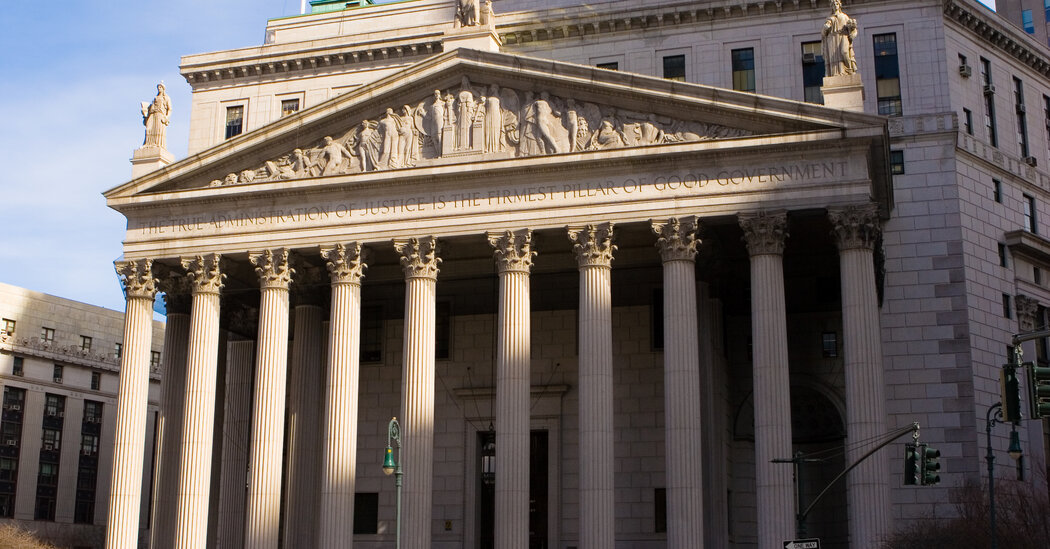Torrent of Water From Alaska Glacier Floods Juneau
Residents in Alaska’s capital, Juneau, were urged on Monday to stay away from the Mendenhall River after flooding from a glacier destroyed two buildings and eroded riverbanks in the city over the weekend. Local officials declared a state of emergency.
Water released from Suicide Basin — an ice-covered depression near the Mendenhall Glacier, which is about 13 miles from the city — caused the Mendenhall River to flood on Saturday.
Floodwaters have been receding since the burst, according to the National Weather Service, but officials have warned residents to stay away from the river banks.
“Although flooding is no longer expected to pose a threat, hazards persist in and near the Mendenhall River,” the Weather Service warned. “Please continue to heed remaining road closures,” it said, adding that residents should “stay out of the river and away from unstable banks.”
Water levels peaked on Saturday night, reaching 14.97 feet, according to Juneau’s Engineering and Public Works Department, exceeding a 2016 record of 11.99 feet.
Two buildings completely collapsed into the river, three wastewater pumping stations were submerged and multiple fuel tanks were swept away, according to Juneau’s city assembly. Video posted on social media showed the slow, dramatic collapse of one of the buildings into the water as the riverbank eroded. Local officials later said eight buildings that suffered damage had been condemned.
No deaths or injuries were reported.
For more than a decade, torrents of water from the thinning Mendenhall Glacier have become an annual occurrence during the summer. The phenomenon — known as jokulhlaup, an Icelandic word usually translated as “glacier leap” — has threatened homes and properties along the Mendenhall River. Other bursts have followed since.
As water builds up in Suicide Basin and needs an outlet, it can lift portions of the glacier ever so slightly. In that lift, the water finds a release and, under the pressure of the ice bearing down upon it, explodes out into the depths of Mendenhall Lake, and from there, into the river.
Many glaciers have been melting since the 1900s, according the World Wildlife Fund. And according to a United Nations report last year, some of the world’s most visited glaciers could be gone by 2050 because of climate change. Among them are the last remaining glaciers in Africa, in Kilimanjaro National Park and on Mount Kenya.
Alaskans are no strangers to melting glaciers or climate change, either. “Alaska’s glaciers are in steep decline and are among the fastest melting glaciers on Earth,” according to the state’s Department of Natural Resources. And the Arctic is heating up four times faster than the global average, researchers have said.
What makes last weekend’s glacial outbursts in Juneau worrisome is the glacier’s proximity to people. The roughly 12-mile-long Mendenhall Glacier is a tourist attraction in the middle of an urban area, often for people on cruises making a stop at the Port of Juneau.
Part of what made this flooding different was the intensity of the release of the water, Eran Hood, a professor of environmental science at the University of Alaska Southeast, told The Associated Press. Usually, the water is released over a number of days, he said, but in this case, “the flows were just way beyond what anything in the river could withstand.”


